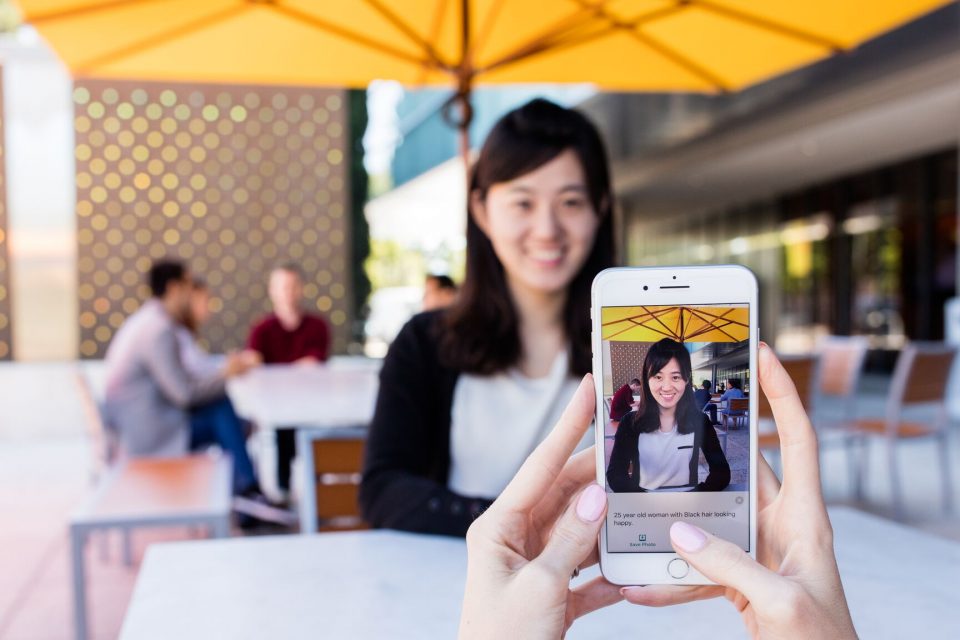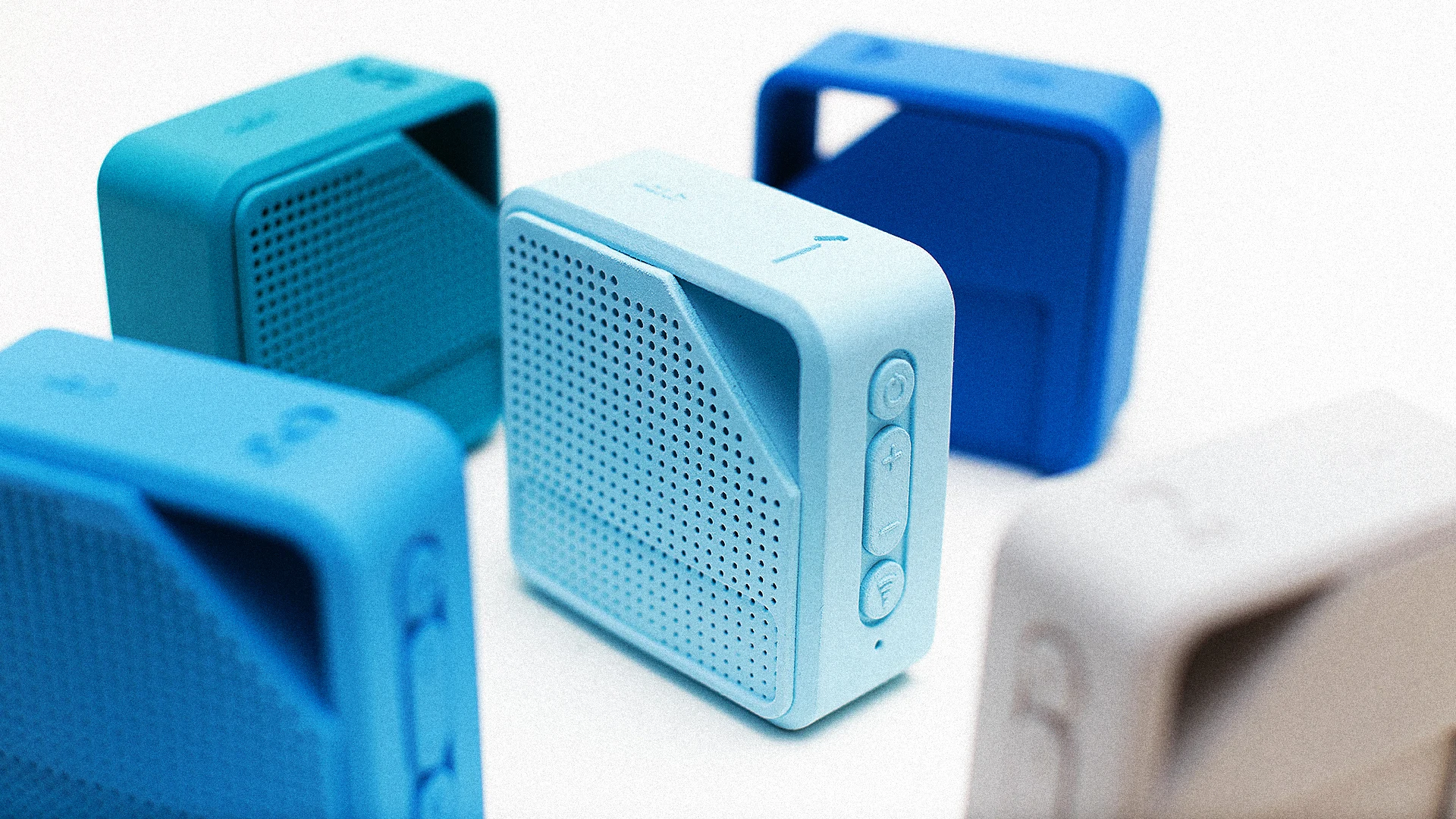Screen Readers for the Blind: Accessing Content Without Barriers
Screen Readers for the Blind: Accessing Content Without Barriers
Blog Article
Discover Cutting-edge Devices Created for the Visually Damaged
The development of ingenious devices for the visually impaired represents a significant development in access and self-reliance. Technologies such as wise glasses with AI capabilities and mobile applications created to give auditory summaries are reshaping daily experiences for customers.
Smart Glasses for Navigation

Smart glasses developed for navigating are changing the method aesthetically impaired individuals communicate with their atmosphere. These sophisticated devices utilize a mix of electronic camera innovation, fabricated knowledge, and acoustic responses to offer real-time information regarding environments. By utilizing barrier detection systems, smart glasses can signal customers to prospective risks, allowing safer mobility in both strange and acquainted setups.
The assimilation of GPS technology further enhances navigation capacities, permitting users to get auditory directions as they relocate. This hands-free strategy not only fosters freedom however additionally empowers visually damaged people to navigate city landscapes with enhanced confidence. In addition, several clever glasses are furnished with attributes that recognize spots and street signs, providing contextual information that improves the individual experience.
Additionally, the advancement of these tools is consistently advancing, with companies functioning to improve the precision of item recognition and increase the variety of navigational features. As clever glasses come to be more obtainable and economical, they hold the potential to dramatically change everyday life for aesthetically damaged users. Inevitably, these cutting-edge devices stand for an important action toward inclusivity, offering boosted mobility and a greater sense of autonomy for individuals browsing the world around them.

Mobile Apps for Daily Living
How can mobile applications boost the day-to-days live of aesthetically impaired people? Mobile applications are changing the means aesthetically damaged users browse their environments, manage day-to-day jobs, and gain access to details. These applications give essential support with different functionalities, cultivating freedom and boosting high quality of life.
A number of innovative mobile apps are made especially for everyday living. For instance, applications like Be My Eyes attach visually impaired customers with sighted volunteers by means of video calls, allowing them to receive real-time aid with tasks such as reading tags or navigating unfamiliar rooms. Likewise, Seeing AI, established by Microsoft, utilizes man-made knowledge to explain surroundings, read message, and identify items, effectively changing a smartphone right into a powerful tool for daily help.
In addition, navigation apps customized for the aesthetically impaired, such as Aira and BlindSquare, supply audio-based instructions and environmental details, allowing users to traverse their environments securely and confidently. Beyond navigating and prompt support, mobile applications additionally support organization and job administration, with features that assist individuals establish reminders, produce order of business, and track appointments. In summary, mobile applications serve as essential resources, equipping aesthetically damaged individuals to lead more independent and satisfying lives.
Wearable Technologies for Help
Empowerment with technology is progressively noticeable in the realm of wearable gadgets made to assist aesthetically damaged people. These cutting-edge devices incorporate seamlessly into life, improving navigation and supplying necessary responses to customers. Clever glasses furnished with cams can acknowledge faces and check out text out loud, permitting individuals to engage more confidently in social and professional setups.
One more noteworthy development is making use of haptic feedback systems in wearable tools. These systems use vibrations or other responsive signals to communicate info about the customer's environment, such as barriers or changes in surface, boosting wheelchair and safety. Wearable modern technologies additionally consist of wristbands that connect to mobile phones, alerting customers to alerts with subtle vibrations, therefore boosting connectivity without dependence on visual cues.
As these modern technologies continue to progress, they are not only enhancing freedom for visually damaged individuals but likewise promoting a greater feeling of inclusion in culture. By linking the void between challenges dealt with in daily living and the possibility for autonomy, wearable modern technologies act as crucial tools in the pursuit for equality and empowerment for those with aesthetic impairments.
Sound Summary Tools
Sound description devices play eyeglasses shop near me an essential duty in enhancing access for visually damaged people, offering them with the ability to involve with aesthetic media. AI-powered visual aids. These devices offer narrated descriptions of crucial aesthetic elements in films, tv programs, and live efficiencies, guaranteeing that individuals can totally understand the context and emotions shared via visuals
Audio description can be integrated right into numerous systems, consisting of streaming services, cinema screenings, and live movie theater. Lots of preferred streaming services now consist of audio summary as an accessibility feature, enabling customers to pick it conveniently. In addition to mainstream media, specialized apps likewise exist, offering audio descriptions for art exhibits, museums, and various other cultural events.
The efficiency of audio description depends upon the ability of the narrators, that have to convey visual details succinctly without interfering with the original audio. Developments in this field are also leading the way for even more personalized experiences, where users can readjust the degree of information and pacing according to their choices.
Braille Innovations and Instruments
Braille advancements and devices have actually dramatically changed the way aesthetically impaired people connect with text and information. Modern developments have led to the development of flexible devices that boost proficiency and freedom amongst customers.
In addition, mobile Braille notetakers incorporate typical Braille input with modern-day capabilities, promoting note-taking, organizing, and paper modifying on the go. Speech-to-text devices for low vision. These portable devices often include text-to-speech capacities, connecting the gap between Braille and acoustic info
Additionally, innovative Braille printers have actually emerged, allowing customers to create Braille labels, documents, and instructional materials efficiently. This access promotes greater engagement in instructional and expert environments, inevitably advertising inclusivity.
In addition, research into wise Braille innovations remains to broaden. Tools that include expert system are being explored to provide real-time navigating assistance and contextual details, enhancing the individual experience in diverse setups. In general, these technologies show a dedication to equipping visually damaged individuals with technology, guaranteeing they can easily gain access to and engage with the world around them.

Final Thought
The improvement of ingenious devices for the visually damaged dramatically boosts freedom and high quality of life. Smart glasses, mobile applications, wearable innovations, audio description tools, and Braille innovations jointly encourage people by offering important navigation aid, ecological understanding, and improved reading experiences. These modern technologies not just foster greater inclusion yet likewise promote freedom in everyday activities, ultimately adding to a much more accessible and fair culture for visually impaired people. diabetes and eye problems Continued growth in this area holds guarantee for further improvements.
As wise glasses become more easily accessible and budget friendly, they hold the prospective to dramatically transform day-to-day life for visually impaired customers. Mobile applications are transforming the means visually damaged customers navigate their atmospheres, take care of day-to-day tasks, and gain access to details. Applications like Be My Eyes connect visually damaged customers with sighted volunteers through video telephone calls, allowing them to large round glasses receive real-time help with tasks such as checking out tags or navigating unfamiliar areas.In addition, navigating applications tailored for the aesthetically damaged, such as Aira and BlindSquare, offer audio-based instructions and ecological information, making it possible for users to traverse their surroundings safely and confidently.The advancement of innovative tools for the visually impaired considerably boosts independence and quality of life.
Report this page